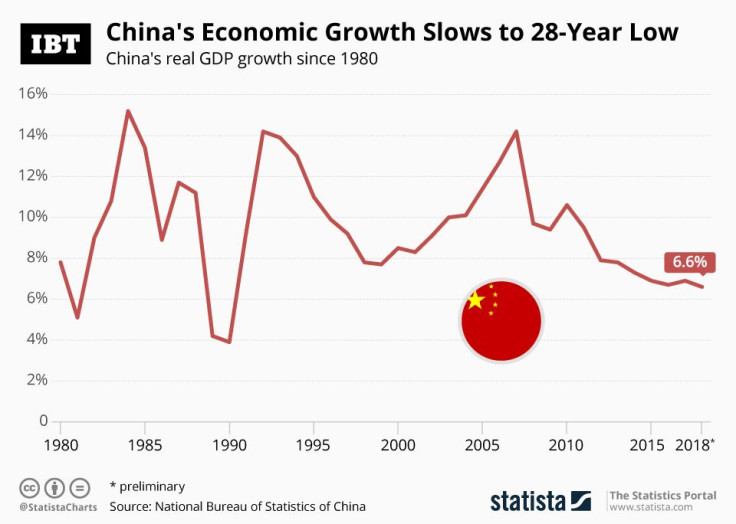China's Economic Growth Slowest Since 1990

A week after China’s Association of Automobile Manufacturers reported the first annual decline of Chinese automobile sales in more than two decades, the National Bureau of Statistics of China released more data pointing towards weakness in the world’s second largest economy. According to preliminary estimations, the country’s gross domestic product (GDP) grew by 6.6 percent last year. While that sounds great from a U.S. or European perspective, different standards apply to the previously booming Chinese economy, where 6.6 percent is the lowest growth rate since 1990.
Lackluster domestic demand paired with the cooling effects of the trade war with the United States on exports contributed to the slowdown, continuing a downward trend that has been going on for several years now (with 2017 a surprise exception). Just last week, the Chinese government announced a 1.3 trillion yuan ($193 billion) stimulus package to bolster the economy, the latest of several measures recently taken to prevent the country’s growth from collapsing altogether.
China’s economy is closely watched internationally, as many international corporations consider it a key market in reaching their own growth targets. Apple recently revised its revenue guidance for the holiday quarter downwards, citing weak demand in the Chinese market as the main driver behind its lackluster performance.





















